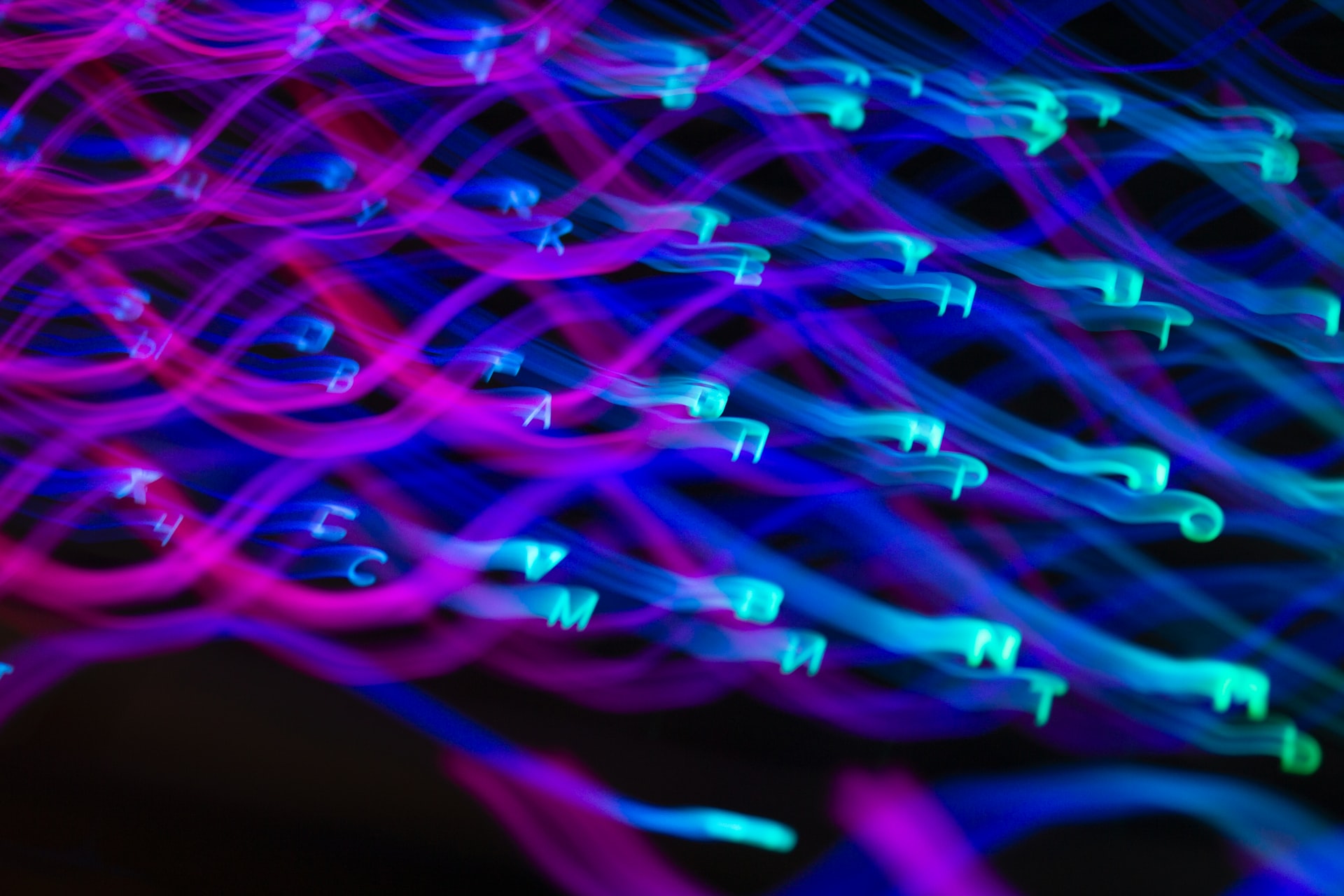Introduction
Beeple’s “Everydays: The First 5000 Days” sold for a record-breaking $69 million earlier this year. But not all Non Fungible Tokens (NFTs) are art. NFTs are essentially digital certificates of authenticity that can be used to verify ownership of any physical or digital item.
You might think that you have to be an art expert to appreciate or even buy art. The truth is, you don’t have to. You can buy a work of art for any reason; it could be because of what it represents, how much it costs, who made it, or why they made it. Buying art can also be a great way to invest your money and/or showcase your wealth and taste as a collector.
Art has been valued throughout history as both an investment asset and as a source of enjoyment but its monetary value is not always easy to determine because many factors come into play when determining the price tag on an artwork – the artist’s reputation, the subject matter, the materials used in making or framing, and so on.
Not all NFTs are art.
NFTs can be used to track ownership of digital or physical items, such as a piece of jewellery that has been passed down in your family for generations. They can also be used to track items, like concert tickets or movie passes, which makes them more convenient than paper tokens. By making it easier for you to keep track of your belongings, NFTs help prevent theft and make it easier for people who lose their possessions to get them back again.
Digital certificates of authenticity.
As the name suggests, a certificate of authenticity is used to verify the authenticity of physical and digital items. In other words, they offer proof that an item is what it claims to be — whether you’re talking about a painting, sculpture or even an online asset such as an NFT token.
Certificates can also be used to prove ownership of an item (e.g., “I own this art piece”) and allow its holder access to exclusive privileges or benefits (e.g., “I’m allowed into this particular museum”). This same concept applies when it comes to NFTs; they serve as proof that you indeed own something tangible within a decentralized system, where no single party has sole control over your assets or information
The physical dimension
NFTs can also be used to track ownership of physical items, too. In fact, you can use an NFT to track any kind of asset or possession. If a person owns a car, for example, they may want to know who has the keys and who is able to drive it at any given time. If someone owns a piece of land, they may want to know who’s allowed on that land and which parts are off limits (e.g., “You’re not allowed in my bedroom”). So if someone wants to know whether or not their dog is still alive or has been stolen from them by some punk kid down the street — and all this information must be recorded somewhere — we need another way besides using paper certificates and signatures in order keep track of all these things.
The NFT market is booming, but it’s not free of controversy.
NFTs have been used to sell art, but they can also be used to sell other things. If you owned a painting and wanted someone else to own it too, you could use an NFT blockchain-based system like CryptoKitties or Rarebits that allows users to create digital certificates of authenticity for the physical item and transfer them among parties in exchange for cryptocurrency.
These systems aren’t just limited to art either, they could be applied in any market where people want accurate records of ownership information and don’t want centralized institutions controlling those records (think housing deeds).
Plus, consumers could eventually use NFTs to verify the authenticity of products. NFTs could be used to verify the authenticity of a digital product
For example, a consumer could use an NFT in his or her possession to access and download a song file from an artist’s website. The artist would then know that the NFT came from the person who actually purchased it, and not someone else who had hacked into his site.
If this technology were widely used, artists could cut down on piracy and ensure that they’re getting paid for their work. That would be good news for you as well; after all, if more people are willing to pay for entertainment content (or even just want it), you’ll have more opportunities to sell your work.
Registering Ownership
Because NFTs are digital certificates of authenticity, they can be used to track ownership of physical items. For example, a company may issue an NFT to represent the ownership of one of its products. The buyer then registers that token on the blockchain and uses it as proof that they own the product in question.
This would work well for things like cars or refrigerators — if you buy a car from someone else who has registered their ownership on the blockchain, you can use your own copy of their token as proof that you’re not buying stolen property.
For digital items like eBooks or music files, NFTs could be used in place of traditional digital rights management (DRM).
Instead of buying DRM-protected copies from Amazon or Apple’s iTunes store where they control access to your purchased content, consumers could buy an NFT, representing those same rights directly from artists themselves using services like OpenSea or Rare Bits.
Conclusion
NFTs have the potential to transform digital art and other forms of intellectual property. They could even be used by consumers to verify the authenticity of physical products. We’ve only just begun to explore the possibilities but it’s clear that NFTs will play an important role in our economy in the years ahead.


